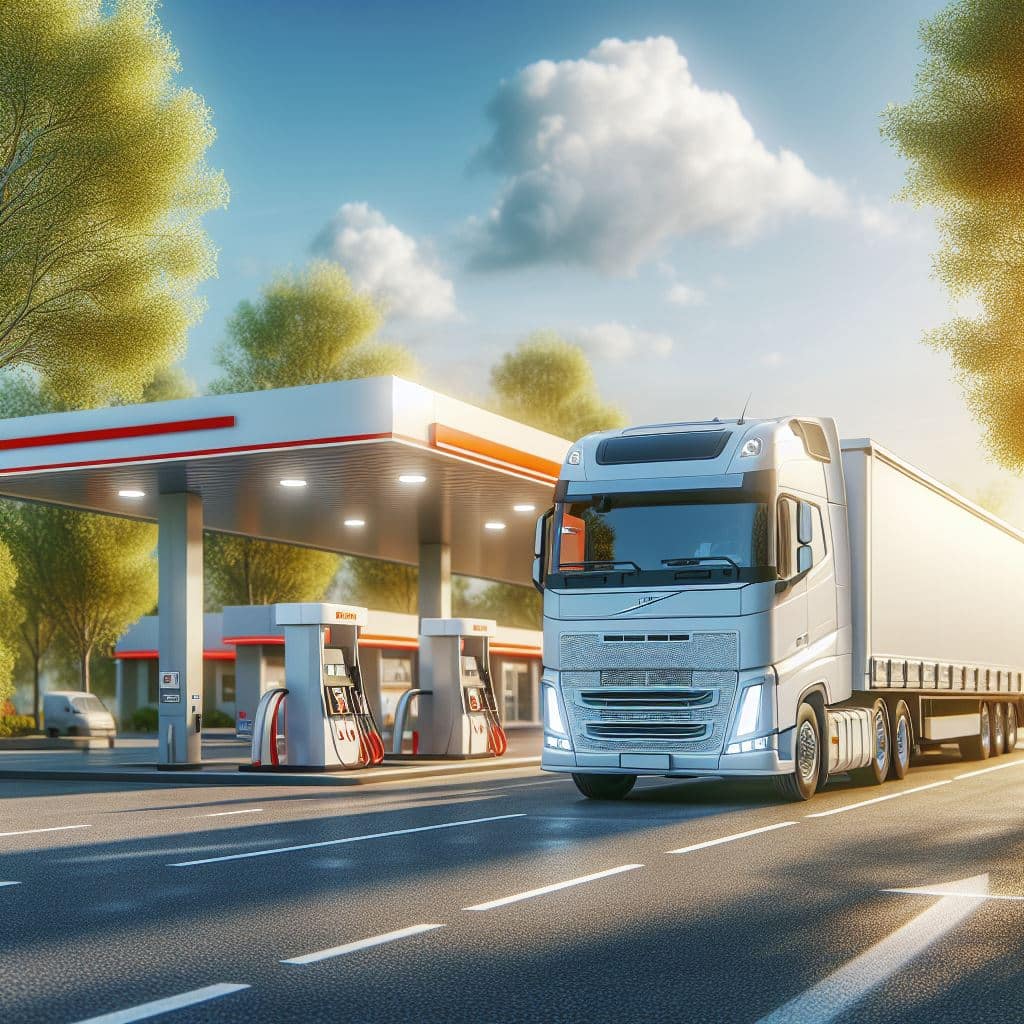
Blogs, Integrations/EDI
How EDI can help you stay in business
Date
7 September, 2017
Reading time
3min. reading time
Digitization: journalists cannot stop writing about it, and online news portals and (industry) magazines are stacked with articles about it. It is responsible for a radical change in the logistics sector. And at the same time, the increasing complexity of the supply chain seems unstoppable and customers’ demands continuously evolve.
As PWC strikingly puts it: “The transportation and logistics industry is confronting immense change: digital transformation, new market entrants, changing customer expectations, and new evolving business models. If you want to remain competitive, now is the time for action.”
“Which ever route to digital transformation you choose, you’re going to invest in innovation and technology” – Marc Engel, Director at PWC
Using new technology will change your strategic, commercial and operational processes. It does not matter if these will change, but how these will change, where and when. Customers in sectors such as retail, food, pharma and automotive are already actively engaged in digital transformation. Do you want to stay in business? Then you must join the digitization movement and start investing in innovation and technology.
Of course, digitalization is a broad concept. So let’s focus on the topic EDI.
Because there are already companies – also in our clientele – who no longer accept an old fashioned form of EDI. It is all about real-time, bi-directional exchange of data. Manual actions should be minimized as much as possible and errors must be reduced to the minimum. At the same time, they demand a fully transparent process that will show them the workflow of all processes and steps. Does it turn out you cannot offer them? Too bad for you – but they will go to your competitor.
How EDI can help
Electronic Data Interchange (EDI) is a standard for the electronic exchange of certain business documents, such as orders, bills, and certain messages or confirmations. At the same time, it helps companies to work with big data. EDI enables the exchange of information between two different computer systems through a shared standard document format.
In addition, the integration of EDI into the WMS ensures a seamless flow of information and enables a more efficient collaboration between parties. Even if both parties have a different system. Allowing companies to easily manage orders, transport assignments, stock management, shipping and inventory advice.
EDI offers many different forms to meet your and your customers’ needs. Enabling you to receive shipment announcements, and order confirmations and potential adjustments to the order. But it also allows you to send damage reports, order confirmation, inventory reports, etc. With the latest EDI technology, there is no delay, all communication takes real time place. Thus, ambiguity about the status of goods and stocks belongs to the past.
Curious about what EDI capabilities are from Boltrics?
Watch our webinar and dive into the possibilities.

